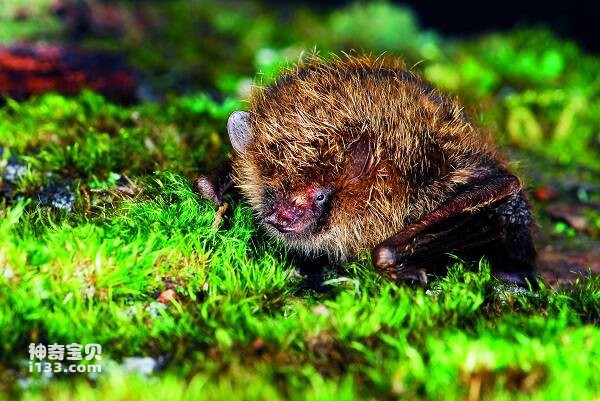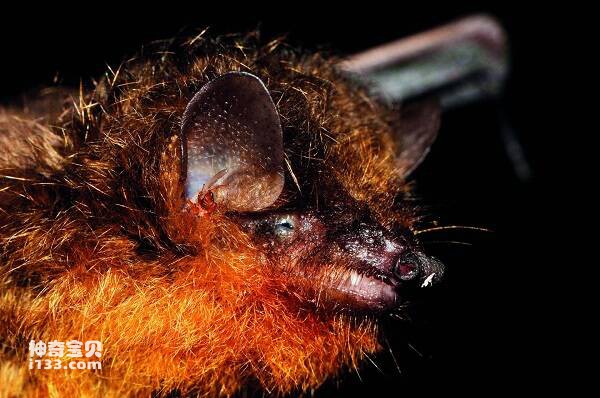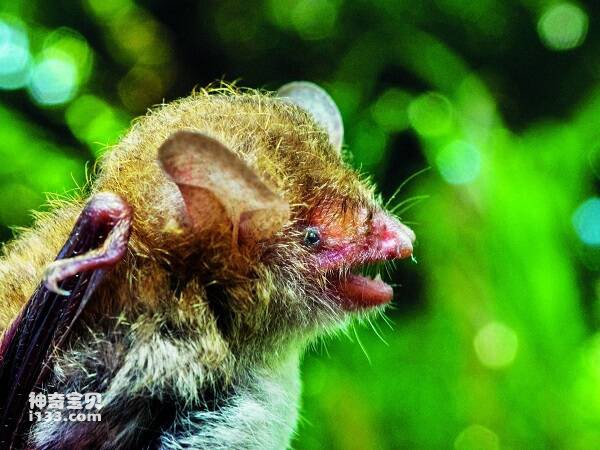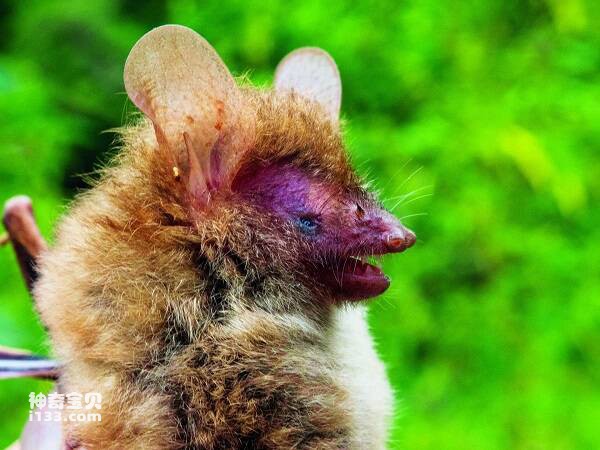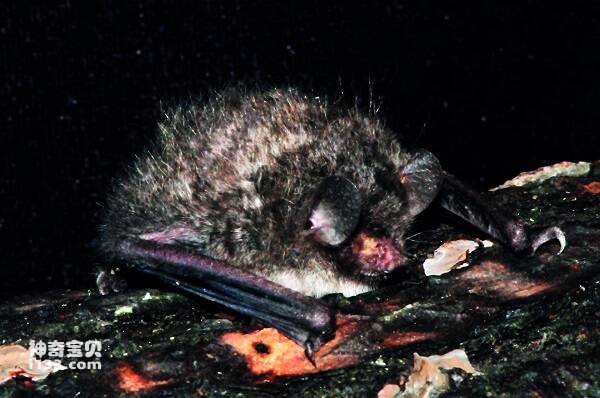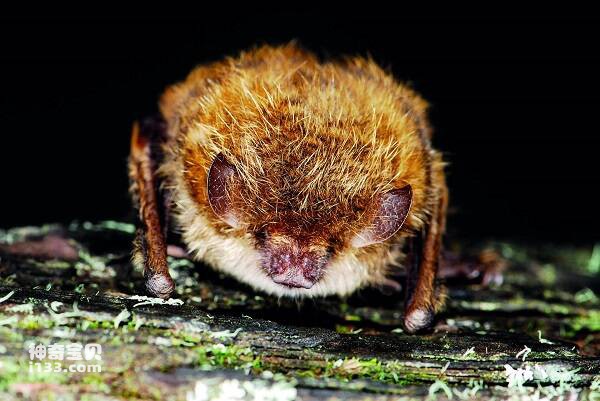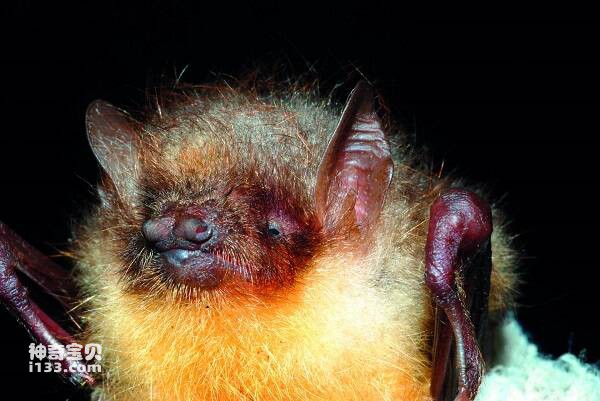Nyctalus noctula
IUCN
LCBasic Information
Scientific classification
- name:Nyctalus noctula
- Scientific Name:Nyctalus noctula
- Outline:Chiroptera
- Family:Chiroptera B.family M.Bat
Vital signs
- length:67-77mm
- Weight:18-30g
- lifetime:
Feature
The flight was extremely fast
Distribution and Habitat
It is distributed in Beijing, Xinjiang, Gansu, Shaanxi, Shandong, Hebei and so on. It is distributed abroad in a wide area of Eurasia, as well as Iran, India, Vietnam, Malaysia, etc., in West Asia and Southeast Asia.
Brown mountain bats live in the ceiling, eaves and wall cracks of buildings, and have also been reported to live in tree holes.
Appearance
The body is large. Body length 67-77mm. Forearm length 48-56mm. The ear is wide and short, the outer edge of the ear extends to the lower corner of the mouth, the tragus is obvious, and the inner edge bends into a kidney shape. The fifth finger is very short, slightly longer than the third or fourth metacarpal bone, forming a long, narrow, pointed alar membrane. The back hair is dark brown and the belly hair is light. The dorsal ventral hairs extend outward along the alar membrane and the intercaudal membrane, and the fine villi distribute to the forearm bone and the base of the 5th metacarpal bone.
Details
Brown bats live in small groups. Generally, more than 10 clusters are active, and many are about 100. Mating before hibernation, females do not ovulate. The following spring ovulation is fertilized by sperm stored in the uterus. Gestation period 50 ~ 60d, 5 ~ 6 months to give birth. Lactation period is about 20 days. Young bats reach sexual maturity before hibernation. It feeds on nocturnal flying insects such as lepidoptera. It is distributed in northern China, mainly in Xinjiang and other western regions, and is connected with the distribution area of Eurasia.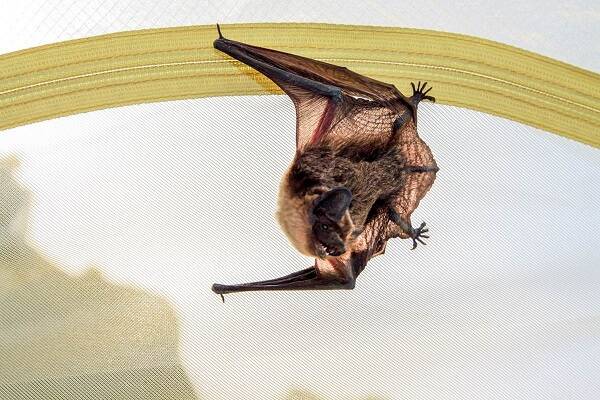
The brown bat is a resilient bat. Generally, they like to live in groups in those small but hollow tree holes, climb out of the tree holes after dark and fly away to hunt. Generally, they fly very fast, hunting flying insects at the top of the tree or high in the sky, and sometimes shuttle in the forest, and emit shrill calls. There are many species of mountain bats, but most prefer to roost in tree holes during the day. It's hard to see.
During the day, they live in groups in tree holes or abandoned houses, go out in the woods at night to hunt flying insects, and also appear near the village, like to eat vegetables and fruits, mosquitoes. He has rabies. But as long as you don't touch it, it's harmless.
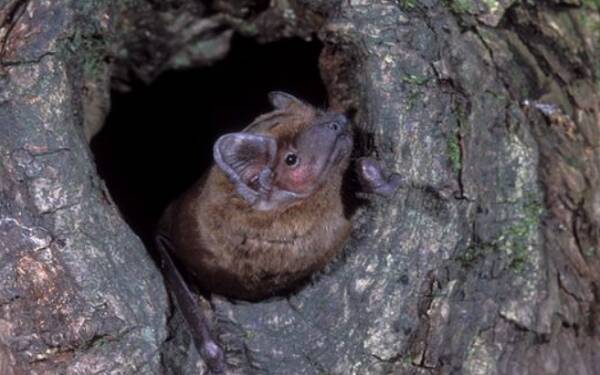
Like other insect-eating bats, brown mountain bats use echolocation to catch insects. Brown mountain bats use two kinds of echolocation, one of which calls between 26 and 47 KHZ, with an average of 11.5 microseconds when the energy is concentrated at 27kHz.
The dung of the brown mountain bat is called "night bright sand" in traditional Chinese medicine. The large number of mountain bats in China has a certain ecological value in controlling harmful insects and preventing the spread of diseases.
It has been included in the Chinese Red List of Biodiversity - Vertebrate volume, and the assessment level is near threatened NT.

